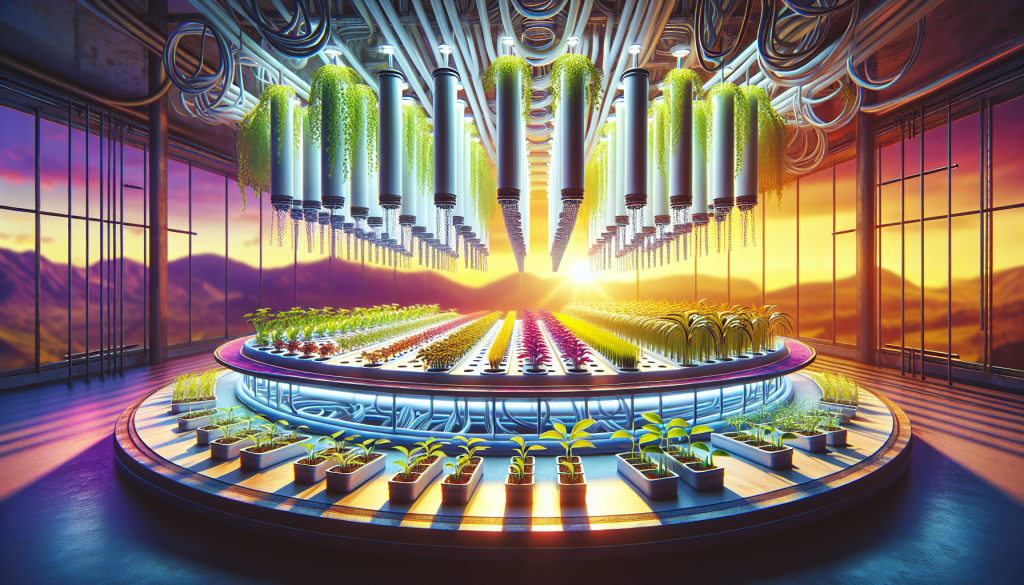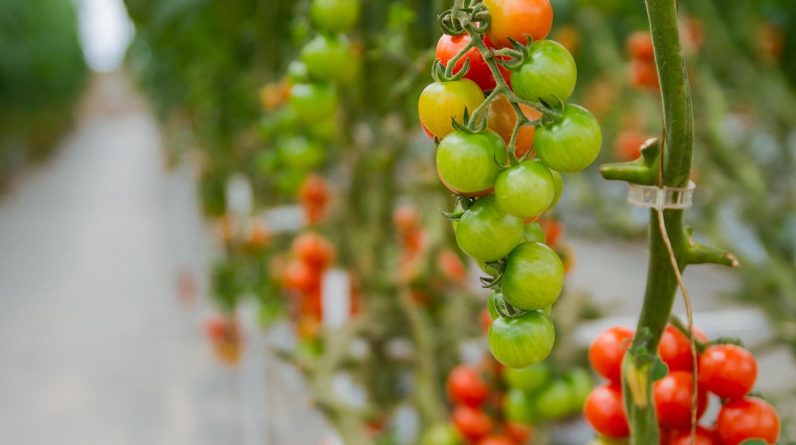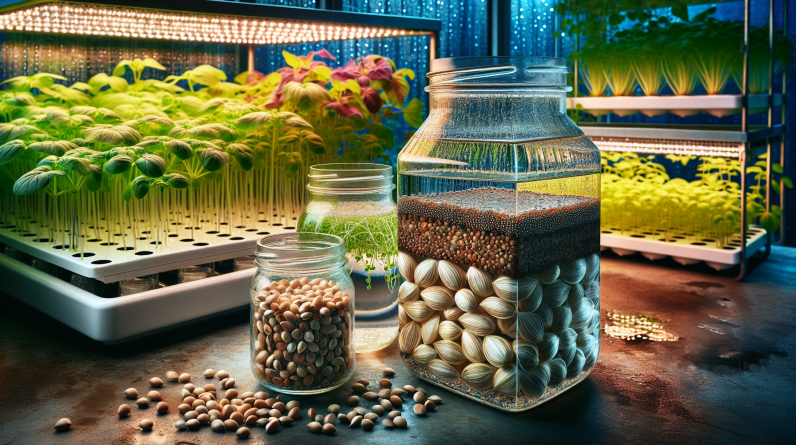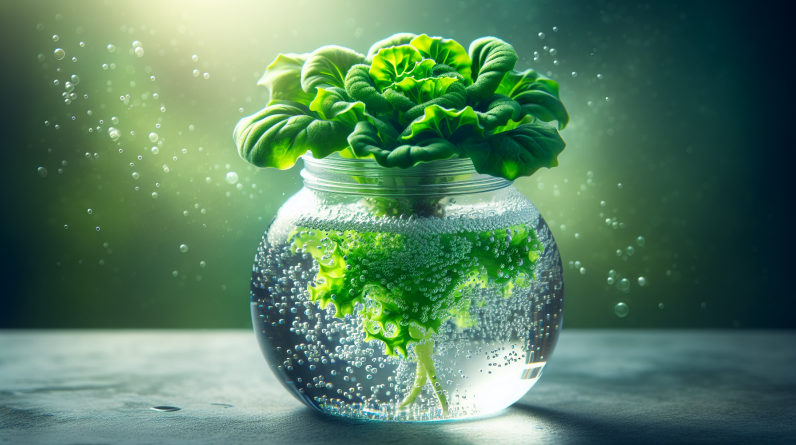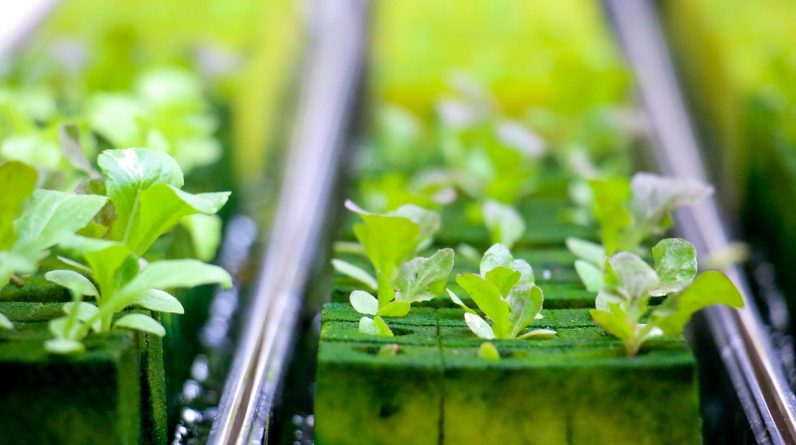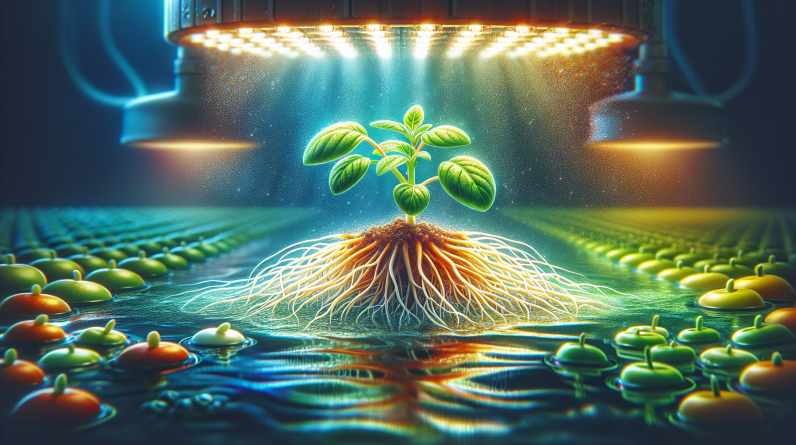
Imagine having the power to accelerate the growth of your plants without the limitations of traditional soil-based gardening. With hydroponics, you can do just that. In this article, we will explore the fascinating world of hydroponics and uncover the secrets to achieving rapid plant growth. From providing optimal nutrient solutions to controlling environmental factors, you’ll discover effective techniques to propel your plants towards their full potential. So, if you’re ready to embrace the wonders of hydroponics and unlock the key to turbocharging plant growth, then this article is for you. Let’s dive in and uncover the secrets to maximizing your hydroponic garden’s productivity.

This image is property of images.unsplash.com.
Choosing the Right Hydroponic System
When it comes to choosing the right hydroponic system, it’s important to consider the requirements of the plants you wish to grow. Different plants have different needs, so it’s essential to choose a system that can provide the necessary conditions for their growth. Take into account factors such as the plant’s size, root system, and nutrient requirements.
In addition to plant requirements, evaluating the space available is crucial in selecting the appropriate hydroponic system. Consider the size and layout of your growing area to determine which system will fit best. Some systems, such as vertical towers, require less space and can be a great option for those with limited room. Others, like Ebb and Flow or Deep Water Culture systems, may require more space but offer other advantages.
Researching different hydroponic systems is a key step in making an informed decision. Learn about the various types of systems available, such as NFT (Nutrient Film Technique), Aeroponics, or Drip systems. Each system has its own pros and cons, so it’s important to understand their functioning and requirements. Consider factors such as the initial setup cost, maintenance requirements, and the ease of use before making a final decision.
Providing Adequate Light
Understanding the light requirements of your plants is essential for their optimal growth. Different plants have varying light needs, so it’s crucial to provide the right amount and intensity of light to ensure their development. Research the specific light requirements of the plants you are cultivating, considering factors such as light intensity, duration, and spectrum.
Using artificial grow lights is a popular choice among hydroponic growers. LED grow lights, fluorescent lights, and high-intensity discharge (HID) lights are commonly used options. LED grow lights are energy-efficient and provide a full spectrum of light that can be tailored to meet the specific needs of your plants. Fluorescent lights are cost-effective and suitable for smaller-scale operations. HID lights are known for their high-intensity output, making them ideal for large-scale hydroponic setups.
Monitoring light intensity and duration is critical in providing the right conditions for your plants. Use a light meter to measure the intensity of the light reaching your plants, and adjust the distance and intensity of the lights accordingly. Ensure that plants receive the correct number of hours of light each day for their growth stage, as too much or too little light can negatively impact their development.
Optimizing Nutrient Solution
In hydroponics, the nutrient solution is a vital element for plant growth and development. Balancing nutrient concentrations is essential to ensure that plants receive the right amount of nutrients. Conduct regular tests to monitor the nutrient levels in your solution and make adjustments as needed. Keep in mind that different plants have varying nutrient requirements, so it’s crucial to tailor the solution to each specific plant.
Adjusting pH levels is another important aspect of optimizing the nutrient solution. Most plants thrive in slightly acidic to neutral pH levels, typically between 5.5 and 6.5. Use pH testing kits or digital pH meters to monitor the pH of your nutrient solution regularly. If the pH is too high or too low, adjust it using pH up or down solutions, respectively.
Using high-quality nutrients is crucial for the overall health and growth of your plants. Choose nutrient solutions that are specifically formulated for hydroponic systems, as they contain the essential elements that plants need for their growth. Avoid using low-quality or generic nutrients, as they may lack certain nutrients or contain impurities that can harm your plants.
Maintaining Proper Temperature and Humidity
Maintaining the proper temperature and humidity levels in your hydroponic system is vital for the health and growth of your plants. Determine the ideal temperature range for the plants you are cultivating, as different plants have different temperature preferences. Generally, most plants thrive in temperatures between 65°F and 80°F (18°C to 27°C).
Monitoring and controlling the temperature is essential to ensure that plants are not exposed to extremes. Use a thermometer to regularly check the temperature in your growing area and make necessary adjustments. Implement temperature control measures such as fans, ventilation systems, or air conditioning units to maintain a stable and optimal temperature.
Proper humidity levels are also critical for plant health. Most plants prefer humidity levels between 40% and 60%, but specific plants may have different preferences. Use a hygrometer to measure the humidity in your hydroponic system and adjust it as needed. Implement humidity control measures, such as humidifiers or dehumidifiers, to maintain the desired humidity range.
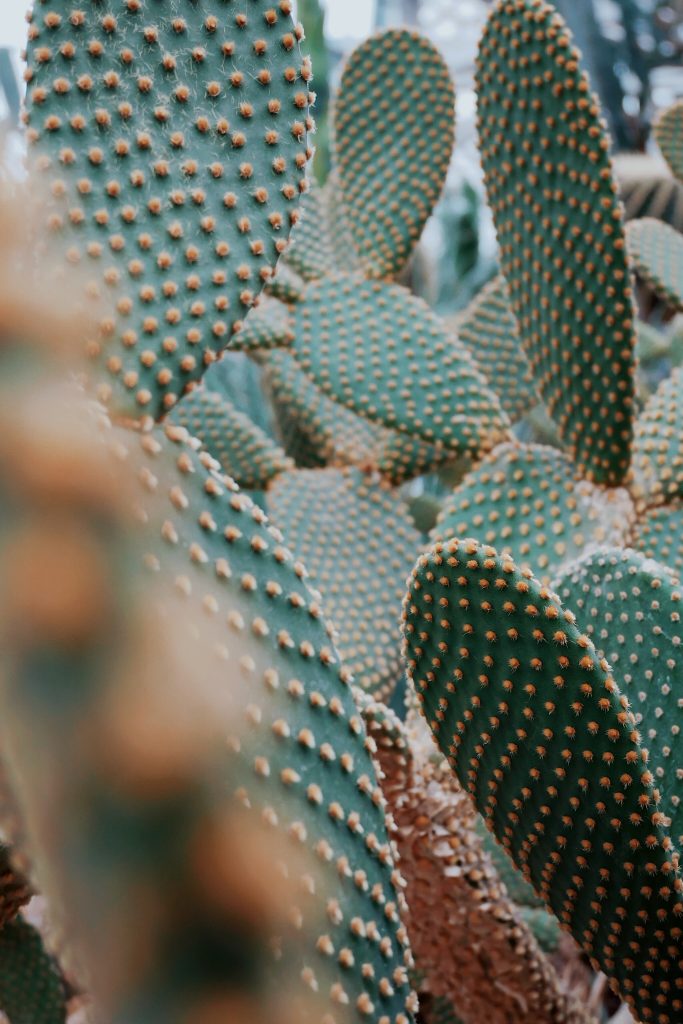
This image is property of images.unsplash.com.
Ensuring Sufficient Air Circulation and Ventilation
Proper air circulation and ventilation are crucial for a successful hydroponic system. Without adequate airflow, plants can suffer from stagnant air, which may lead to mold growth or poor plant health. Properly position fans and ventilation systems to ensure that air is continuously circulating throughout your growing area.
Preventing stagnant air and mold growth requires proper ventilation and air movement. Place fans strategically to create airflow in all areas of your hydroponic system. This helps in preventing the buildup of moisture and minimizing the risk of mold or fungal diseases. Regularly clean and maintain your ventilation system to ensure its efficiency.
Maintaining adequate CO2 levels is also important for plant growth. CO2 supplementation can help plants thrive and improve their photosynthesis process. Measure and monitor the CO2 levels in your hydroponic system regularly with a CO2 meter. If necessary, consider implementing CO2 supplementation techniques to ensure plants receive optimal levels of CO2.
Managing Water and Oxygen Levels
Monitoring water levels regularly is crucial in hydroponics as plants solely rely on the nutrient solution for their water needs. Ensure that the water level in your system is maintained at the appropriate level. Excessively low or high water levels can stress the plants and negatively impact their growth and overall health.
Providing sufficient oxygenation to the nutrient solution is equally important. Plant roots require oxygen to thrive and absorb nutrients effectively. Use air stones or diffusers to introduce oxygen into the nutrient solution and prevent oxygen depletion. Regularly check the oxygen levels in your system and make adjustments if necessary.
Preventing root diseases is an essential aspect of managing water and oxygen levels. Monitor the health of your plant roots regularly, looking for signs of rot or disease. Ensure that your system has proper drainage to avoid waterlogging and potential root problems. Regularly sanitize your hydroponic system to minimize the risk of root diseases caused by pathogens.
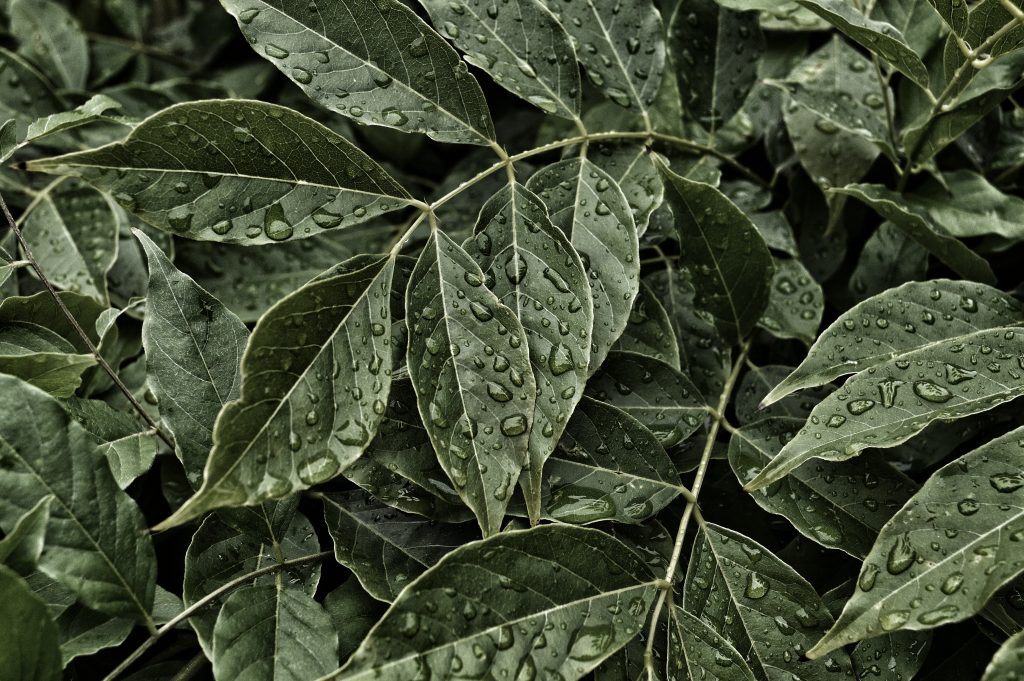
This image is property of images.unsplash.com.
Implementing Plant Training Techniques
Practicing pruning and trimming techniques is beneficial for both the growth and aesthetics of your plants. Regularly remove dead or damaged leaves to promote healthy growth and prevent the spread of diseases. Pruning also helps in directing the plant’s energy towards areas that require more growth, encouraging optimal development.
Using plant support systems is another effective way to optimize plant growth. As your plants grow, they may require additional support to prevent bending or breaking under their weight. Use trellises, stakes, or netting to provide support and maintain the proper structure of your plants.
Encouraging bushier growth is a goal for many hydroponic growers. Pinching or topping the tips of your plants can promote lateral growth and result in a more compact and bushy plant. This technique can be particularly useful for herbs or leafy greens, as it stimulates the growth of side shoots.
Ensuring Proper Pollination and Pest Control
Proper pollination is essential for the successful development of flowering plants or fruits in a hydroponic system. In the absence of natural pollinators, hand pollination techniques can be used. Gently transfer pollen from one flower to another using a small brush or Q-tip to simulate the action of bees or other pollinators.
Implementing natural pest control methods is crucial in maintaining the health of your plants. Avoid using chemical pesticides, as they can negatively impact the overall balance of your hydroponic system. Instead, consider introducing beneficial insects such as ladybugs or predatory mites to control pest populations naturally.
Monitoring and preventing pest infestations is an ongoing process. Regularly inspect your plants for signs of pests or damage, and take immediate action if an infestation is detected. Implement preventive measures such as maintaining a clean growing environment, using sticky traps, or implementing companion planting techniques to deter pests.

Maintaining a Consistent Growing Environment
Regular monitoring and adjustments are necessary to maintain a consistent growing environment in your hydroponic system. Routinely check all the critical parameters, including temperature, humidity, pH levels, nutrient concentrations, and light intensity. Make any necessary adjustments to ensure that the growing conditions remain optimal for your plants.
Avoid sudden environmental changes, as they can shock or stress your plants. Gradual changes are more favorable, allowing your plants time to adjust. Plan any modifications to your hydroponic system or growing environment carefully, ensuring that they align with the needs of your plants and are implemented gradually.
Maintaining a clean and hygienic system is essential in preventing the buildup of pathogens or diseases. Regularly clean all hydroponic equipment, including reservoirs, growing medium, and tools. Remove any debris or dead plant matter promptly to minimize the risk of pests or diseases. Implement proper sanitation practices to ensure a healthy and hygienic growing environment.
Monitoring Plant Health and Growth Progress
Observing the leaf color and texture of your plants is a reliable indicator of their overall health and nutrient status. Healthy plants typically exhibit vibrant green leaves, while yellowing or browning leaves may indicate nutrient deficiencies or other issues. Regularly inspect your plants for any irregularities and address them promptly to ensure their well-being.
Measuring the growth rate of your plants allows you to gauge their progress and make necessary adjustments. Monitor the height, width, or overall size of your plants regularly. Keeping track of their growth rate helps you identify any potential issues or deficiencies, allowing you to address them promptly and effectively.
Detecting and addressing nutrient deficiencies is crucial to ensure optimal plant growth. Pay attention to any abnormal growth patterns, stunted growth, or discoloration in your plants. These are often signs of nutrient deficiencies. Diagnose the specific nutrient lacking and make appropriate adjustments to your nutrient solution or supplementation routine.
In conclusion, speeding up plant growth in hydroponics requires careful consideration and attention to various factors. Choosing the right hydroponic system, providing adequate light, optimizing nutrient solution, maintaining proper temperature and humidity, ensuring sufficient air circulation and ventilation, managing water and oxygen levels, implementing plant training techniques, ensuring proper pollination and pest control, maintaining a consistent growing environment, and monitoring plant health and growth progress are all essential elements in maximizing plant growth and achieving successful hydroponic cultivation. With the right knowledge and dedication, you can create an ideal growing environment for your plants and enjoy the benefits of hydroponics. Happy growing!
